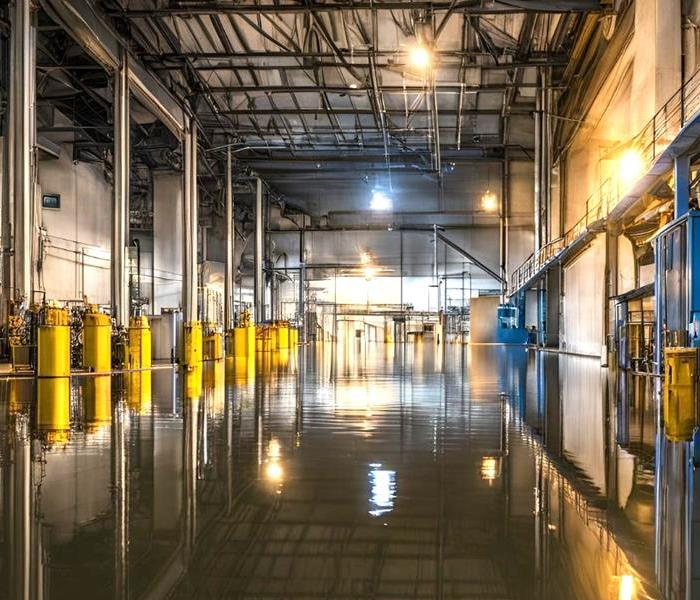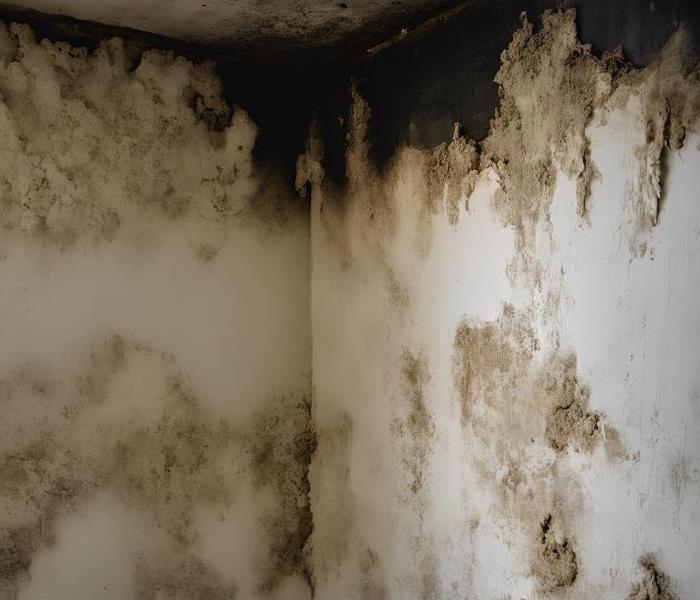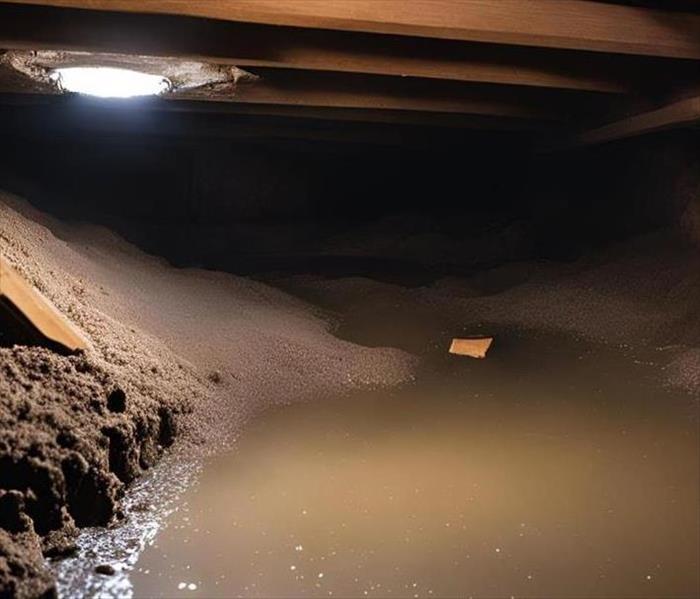Recent Posts
SERVPRO® - Your Neighborhood Commercial Service Provider
11/7/2024 (Permalink)
 From a small retail store to a massive warehouse, trust SERVPRO commercial services to be there when disaster strikes.
From a small retail store to a massive warehouse, trust SERVPRO commercial services to be there when disaster strikes.
When your business is ‘out of business’ from a natural or human-caused disaster, every hour that passes means lost revenue, lost wages, and possible reputation damage. Even in this modern era of remote work, when customers or clients can’t access your building, you can lose sales revenue, growth opportunities, and potential new clients. For these reasons and many more, there’s SERVPRO Commercial Services.
Your local SERVPRO franchise offers commercial water damage, fire damage, mold remediation, and storm services. By having a professional relationship with SERVPRO, business owners get the piece of mind, knowing that if something unexpected happens, they have a trusted partner in the mitigation and restoration space. A partner who can bring in the right equipment and team members to get them back in business as quickly as possible.
We are successful in the commercial space, because we take the time to learn about our customers, their needs, and most importantly, their property. It starts with our Marketing Team, and the creation of an Emergency Ready Plan (ERP). This plan is detailed in scope, giving the response team information about the property, utility shut-offs, key employee contacts, and more. This partnership saves countless hours when each minute counts.
Commercial customers see value in working with SERVPRO for many other reasons. One of the biggest values is our availability: we are always on call, and we don’t take off holidays and weekends. Additionally, we work with most insurance companies, helping where we can, to expedite claims and keep projects on track. Also, by having expertise in both mitigation and restoration, commercial customers find value in working with one company throughout the process. From the first phone call to the last coat of paint, they’ll have the same contact person, who will be there in any capacity.
When You Smell Mold – Better Call SERVPRO®
11/4/2024 (Permalink)
 Unchecked mold can grow rapidly
Unchecked mold can grow rapidly
Mold are microscopic fungi found both indoors and outdoors. These fungi live on organic matter, such as food, wood, some soil types, and many common building materials. In nature, mold plays an important role in breaking down and digesting organic material, to be reused by growing plants. Some molds are also useful in the manufacturing sector. Certain molds age and flavor cheeses, others are used in bread-making, fermentation, and for lifesaving drug manufacturing. Other molds are harmful to humans, especially when they are allowed to spread unchecked in areas with poor ventilation.
Most people have heard of the infamous ‘black mold’ which is often attributed to health problems, despite not always being toxic. Other colors of mold can be just as bad. Green mold is the most common color for mold, with several thousands of types. There’s also blue, pink, white, yellow, red, and more. Some are dangerous and others aren’t. Unfortunately, color isn’t always a determining factor of whether the mold is dangerous or not. That’s why when you smell mold, it’s good practice to call in the professionals at SERVPRO.
When the right conditions for mold growth are met; heat, moisture, a food source, humidity, and oxygen, a small infestation can grow rapidly. Often, an active or previous water damage situation provides an optimal environment. Wet wood, water trapped between carpets and padding, damp soil in crawlspaces, and improperly dried sheetrock or paneling, are all considered prime breeding grounds for mold.
Your local SERVPRO can assess the situation, perform multiple types of tests, including an air-quality check, to determine if mold is present. Once the source is identified, the team will provide abatement and remediation services. These can include drying wet areas, removal of seriously affected building materials, sanding and then encapsulating wood surfaces, and more, depending on the severity of the problem.
Mold can present health dangers to your family, many of which can lead to long-term problems. That’s why quick action should be taken whenever mold concerns arise.
Water in Your Crawlspace, Basement, or Below Grade
10/29/2024 (Permalink)
 Standing Water in a Crawlspace
Standing Water in a Crawlspace
Water can leak into your basement or crawlspace from both interior and exterior sources. The most common sources of water in basements are leaking pipes, washing machines, or other plumbing fixtures. Exterior sources, such as improperly placed downspouts, poor grading, leaking hose bibs, or groundwater, can lead to unexplained wet conditions inside of your property.
Most homeowners can quickly spot water in their basements, but when there is water in a crawlspace, it may go unnoticed for months, possibly years. Even a small amount of standing water can cause damage to the foundation, rot exposed wooden support beams and create the perfect breeding ground of mildew and dangerous mold. Mold and mildew can impact the air quality inside of the home, which can lead to health problems.
If you discover standing water, it’s important to identify where it’s coming from, and take necessary corrective action to stop the flow. This might include smaller jobs such as patching cracks or fixing pipes, or it may take more drastic steps such as regrading or relocating drainage pipes. Regardless of which is needed, you should do so quickly.
Once the source of water is stopped, the next step is to call SERVPRO®. We’ll send out a crew of experienced water mitigation technicians, people who understand how to properly dry the structure and remove excess humidity. In cases where the water is pooled, the crew will pump out the excess before beginning the drying process. This speeds things up and minimizes hazards to the workers.
If they identify mold during their inspection, the area will be sealed off to prevent any further spread, until it can be mitigated. The process will take several days or longer, depending on the extent of the water damage, and removal of some building materials may be necessary. Once the structure is completely dry and mold-free, they might recommend a vapor barrier or other venting be added to prevent future problems.
 From a small retail store to a massive warehouse, trust SERVPRO commercial services to be there when disaster strikes.
From a small retail store to a massive warehouse, trust SERVPRO commercial services to be there when disaster strikes.

 24/7 Emergency Service
24/7 Emergency Service

